Pick-your-own strawberry season – and strawberry season generally – has started early this year, credit the warm spring, early June heat wave and possibly climate change.
Strawberry growers say that ripe berries have arrived one week to 10 days earlier than usual. Pick-your-own berry places in central and southern Maine have already opened their doors or will any moment now, and commercial wholesale picking has been going on for as much as two weeks.
Most berry farmers added that the crop is looking “really good. A nice size, and the sweetness is great,” as Penny Jordan, of Jordan’s Farm in Cape Elizabeth, put it. “I’m really pleased with them so far this season.”
Maxwell’s Farm, also in Cape Elizabeth, opened on Monday for pick-your-own berries. “We tied our earliest date that we’ve ever opened,” said Bill Bamford, who runs the farm with his wife, Lois (Maxwell) Bamford. They previously opened this early for berry picking in 2010; the farm, which has been in the Maxwell family for eight generations, has sold strawberries since the early 1970s. Typically, Bill Bamford said, the pick-your-own operations open between June 20 and 22. Wholesale picking started in early June, he said, also 10 days to two weeks early.
Jordan Farm began picking about 10 days early, Jordan said, while at Pineland Farms in New Gloucester, “We’ve only had one year in our strawberry-growing history where it was earlier than this year,” according to produce division farm manager Justin Gray; that was in 2018. Pick-your-own at Pineland opened Thursday. (“We have tons of strawberries out there,” a recorded message on the harvest hotline said emphatically on opening day.) Gray added that he expects a number of vegetables to be ready to harvest early, as well.
“I think we are going to break a record for the earliest sweet corn,” he said.
Over in Dresden, on June 1, Jan Goranson of Goranson Farm posted about the early berry season on Instagram: “Never have we ever … picked strawberries in MAY! But we did.”
David Handley, vegetable and small fruit specialist at the University of Maine Cooperative Extension, attributed the fast-ripening berries to two factors – first, “Mother Nature providing us with a warm, dry spring.” The lack of snow and lack of rain also meant a lack of mud, so field work could get underway earlier than usual as “you don’t want to drive a tractor onto a big muddy field,” he said.

Jeff Saffer of Cape Elizabeth picks strawberries at Maxwell’s Farm on Wednesday. Shawn Patrick Ouellette/Staff Photographer
Second is the increasing use by strawberry farmers of black plastic mulch and fabric row covers, which extend the growing season, warming up berries, speeding ripening, and allowing farmers to market some berries earlier, Handley said. That’s an appealing prospect in a state with a short growing season because early local berries (or early tomatoes or early asparagus) command higher prices.
In her June 1 Instagram post, Goranson went on to state why she thought the berries came early: “Climate change is real and it brings all kinds of (expensive) challenges to growing food,” she wrote next to a photograph of luscious-looking berries. “But anyway, we’ve got EARLY, ripe, field-grown, sun-ripened, certified organic strawberries in LIMITED supply at the farm stand and at markets this week.”
Jordan agreed. “There is a shift going on that we all need to recognize, and I plan our crops and planting and irrigation and all those things accordingly. Anyone who denies that it’s going on isn’t looking because it’s everywhere.”
If not everyone was willing to attribute a single season’s strawberry shift to climate change, there was general agreement that the trend in Maine is toward milder and much less predictable weather, creating problems, and occasional opportunities, for farmers.
On the problem side: new pests; late, strawberry-blossom killing frosts as happened on June 1, 2020; also early frosts come fall, as were recorded in mid-September in 2020; and drought, as Maine has suffered for the last several springs and summers, which can require that strawberry farmers water their fields before they plant. Most strawberry farmers in Maine now irrigate, but “even if we irrigate, if there is no rain at all, it is really hard to keep up,” Bamford said.
As farmers scramble to adapt to more weather variability, “You try different strategies,” said Nate Drummond of Six River Farm in Bowdoinham. “We are trying some later ripening (straw)berries this year. More growers are trialing different berries in late summer and fall, taking advantage of mild falls. They used to not be viable. Now, all of the sudden you get a berry-picking window in fall. We’re trying as farmers not to have all our eggs in one basket. You can’t count on the things that have been passed down the generations: ‘This is when you plant this, and this is when you harvest that.’ All those things are shifting.”
Early ripening strawberries also can create a marketing problem for pick-your-own farmers, Handley said, “because the kids aren’t out of school yet, the families aren’t yet in vacation mode, it’s a family activity, and in Maine it’s traditional to get out the weekend of July 4, and now growers have their head in their hands, ‘Am I going to have any berries left by July 4?’ The last thing you want to do is disappoint a pick-your-own customer because they have long memories.”
How long this year’s strawberry season will run is an open question. This week in southern Maine, temperatures have been cool, sunny and pleasant, letting the berries ripen gradually. Another hot spell, though, as the state experienced the second week of June, could upset the strawberry cart, so to speak.

Owen Brown, 6, of Cape Elizabeth takes a bite of a strawberry while picking strawberries with his family at Maxwell’s Farm in Cape Elizabeth. Shawn Patrick Ouellette/Staff Photographer
“When it’s cool overnight, the strawberry factory shuts down at night. But when it’s warm at night, the factory goes all night long. Back during those hot days, we had some pretty hot nights,” Bamford said. “They don’t stay on the vine as long once they get ripe. They go overripe. It’s like you and me in 95-degree temperatures – we still might be walking around breathing, but we’re not as good as at 75 degrees.”
Unlike with string beans or corn, say, farmers can’t simply assess the early summer weather and succession plant strawberries as a way to extend the season; the berries you are eating this year were pre-programmed by the plants, which are perennials, last year.
That’s why, if you plan to pick-your-own strawberries this summer, Handley suggests you take no chances.
“An early season, especially when hot, often means a short season,” he said. “People who procrastinate and linger maybe find themselves out of luck this year.”
Send questions/comments to the editors.


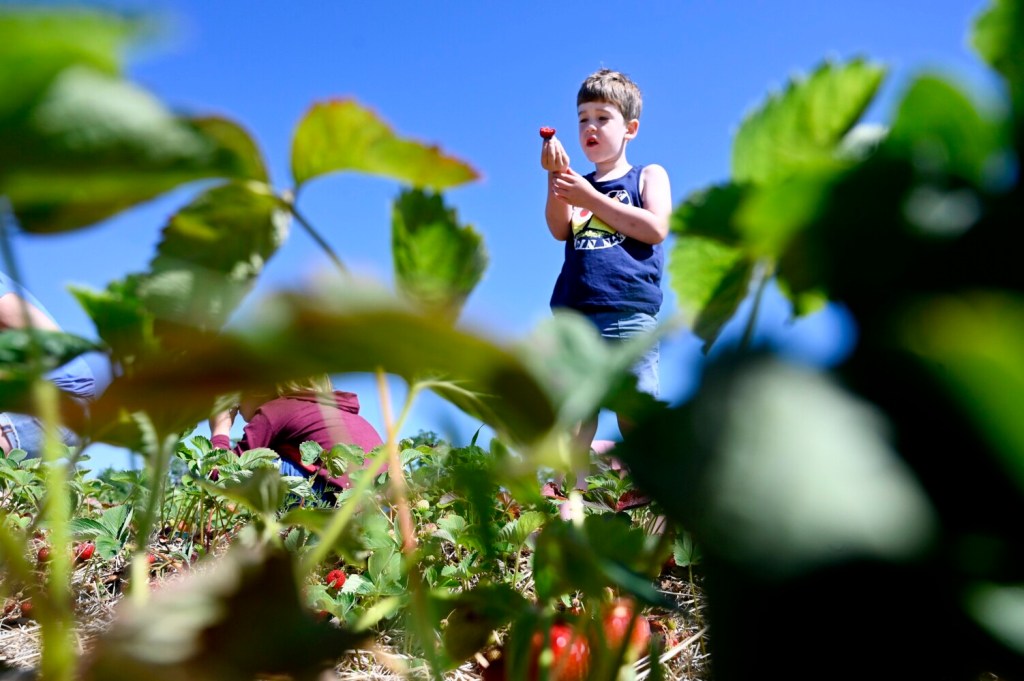
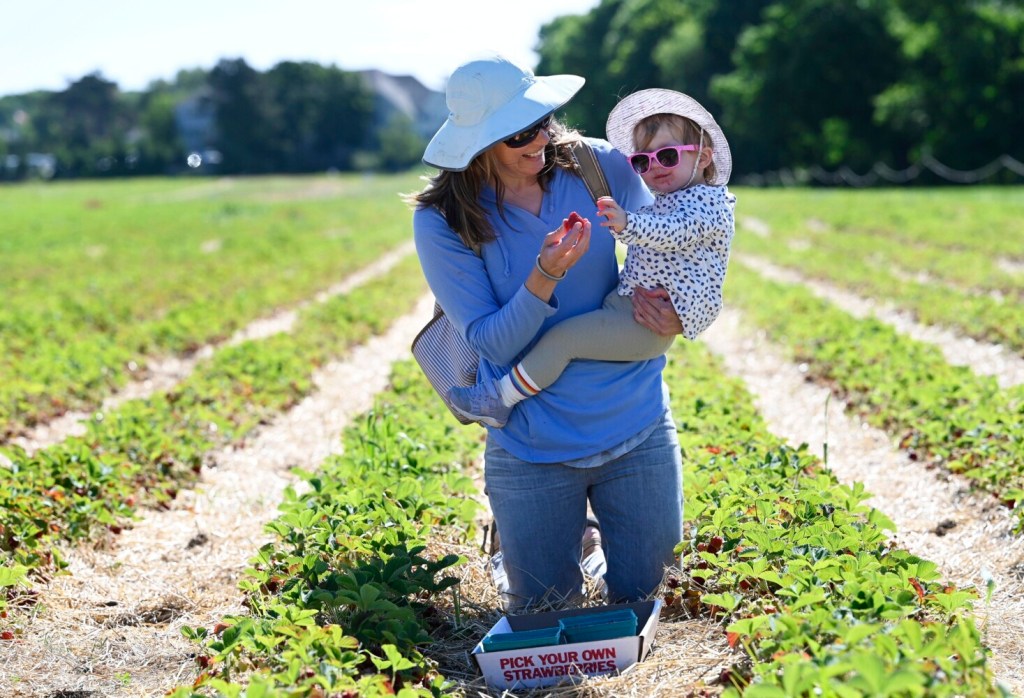
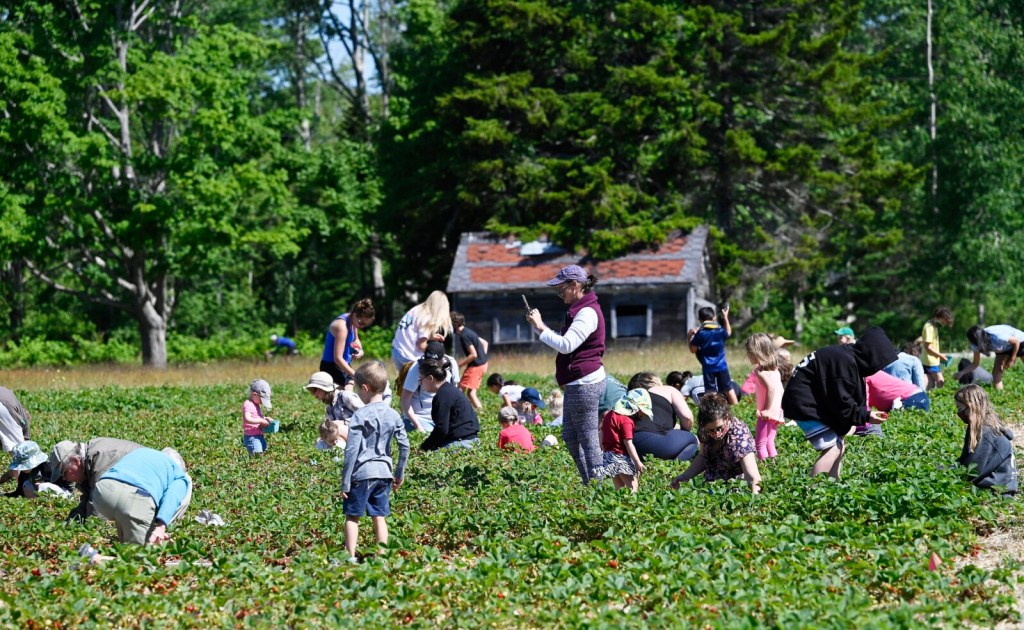
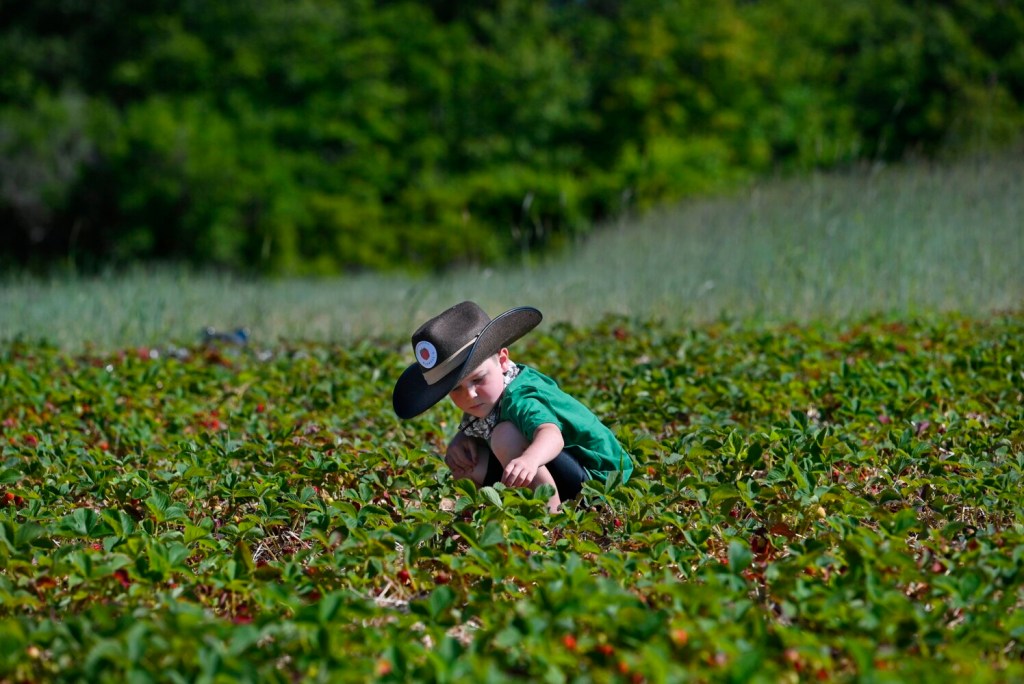
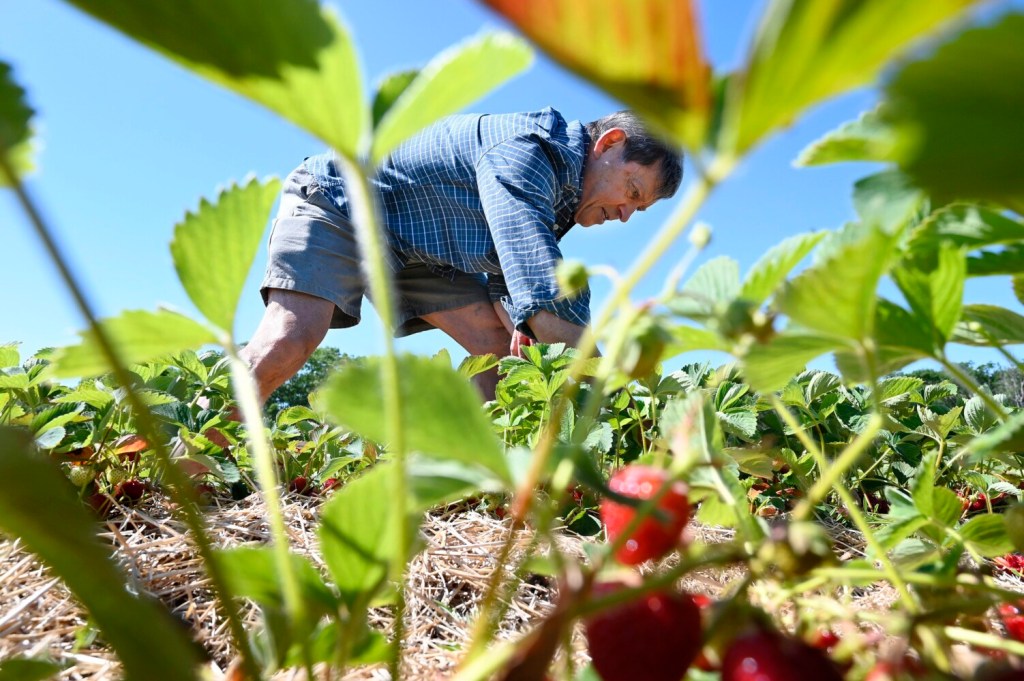
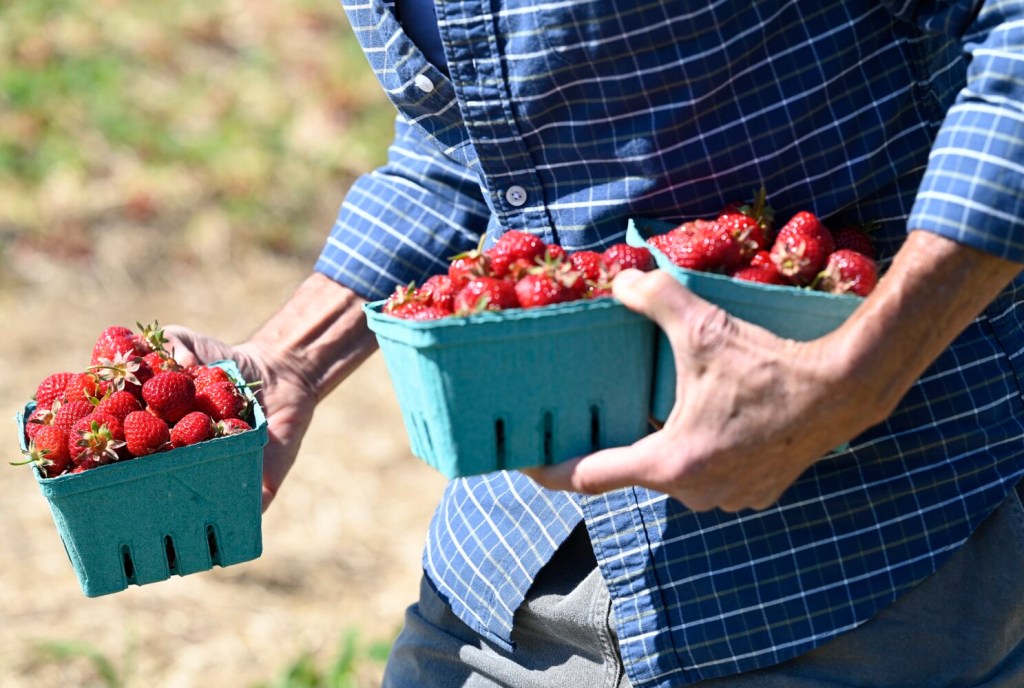
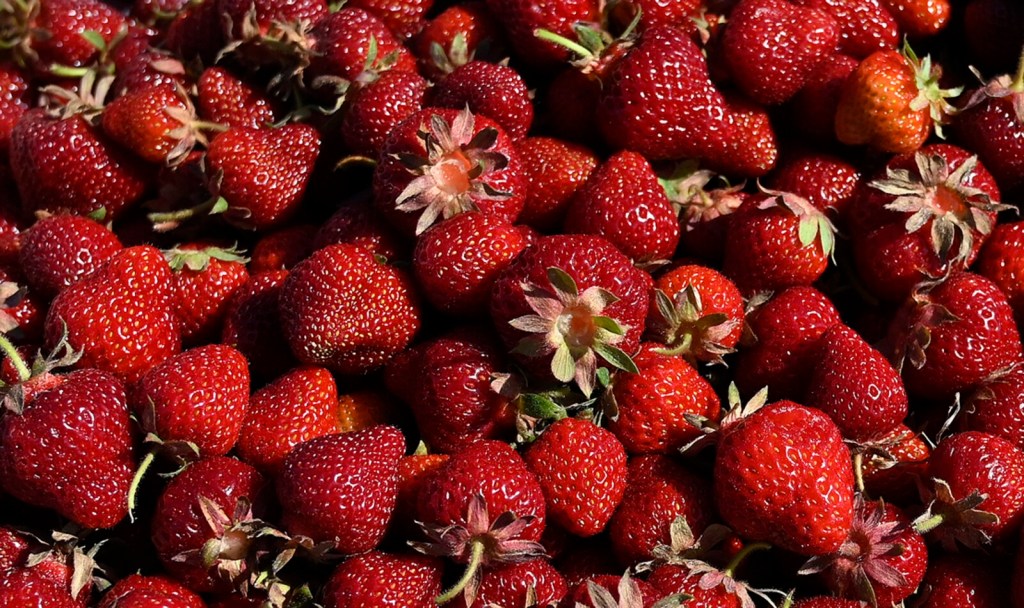
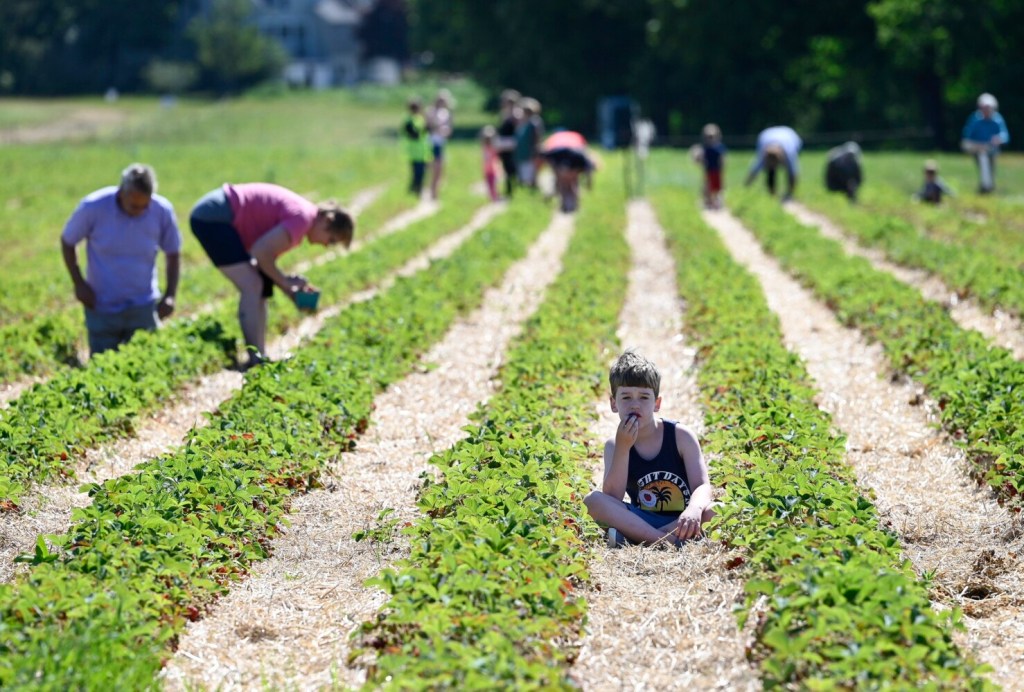

Success. Please wait for the page to reload. If the page does not reload within 5 seconds, please refresh the page.
Enter your email and password to access comments.
Hi, to comment on stories you must . This profile is in addition to your subscription and website login.
Already have a commenting profile? .
Invalid username/password.
Please check your email to confirm and complete your registration.
Only subscribers are eligible to post comments. Please subscribe or login first for digital access. Here’s why.
Use the form below to reset your password. When you've submitted your account email, we will send an email with a reset code.